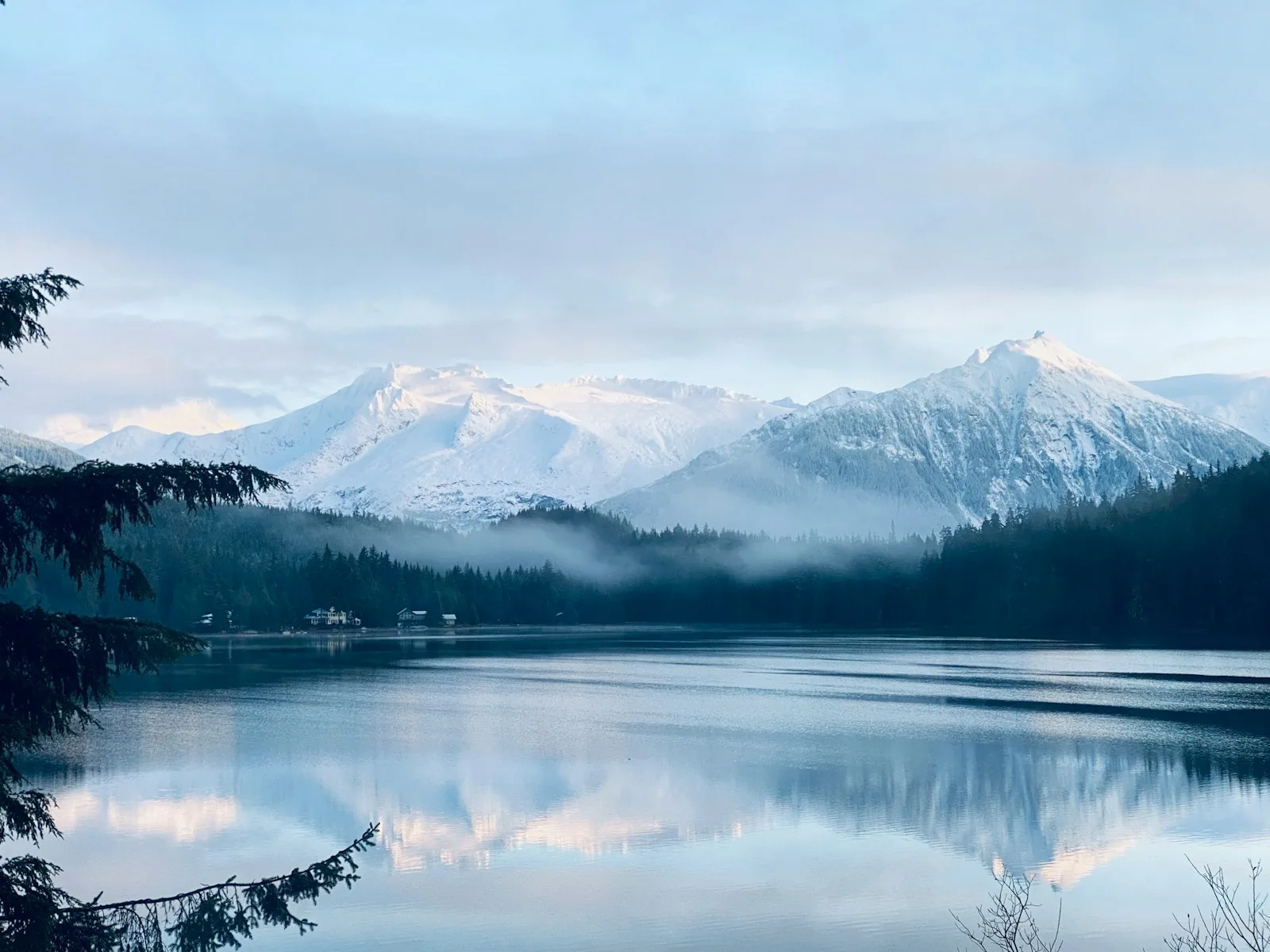
Table of Contents
Alaska welcomes more than two million visitors each year. Fairbanks is one of the most visited places, but not many people know that there is a laboratory just outside the city. There, beneath the planet’s surface, scientists discover a biological and ecological disaster waiting to unfold. See what they found and the potential danger. To learn more, continue reading.
A Disaster Waiting To Happen Outside Fairbanks, Alaska

If you head north of Fairbanks, Alaska, the nation’s second largest city, you’ll see red cottages on the side of a mountain. Like the walk-in freezer, it has a powerful lock on its metal door.
Scientists warned NPR reporter Michaeline Doklef of a “disaster waiting to happen” when she went into the cabin for a tour. However, what does this actually mean?
The Shack Descends Into A Hidden Laboratory

There is no freezer in the crimson hut. The Cold Field Research and Engineering Laboratory is located 40 feet below the surface and is accessible through a tunnel (CRREL). Scientists have been studying Alaska’s landscape since the 1960s.
There are CRREL laboratories across the country that work on topics ranging from military engineering to water conservation. However, researchers in Alaska uncovered a shocking discovery.
There, Scientists Study Permafrost

Scientists were investigating permafrost at CRREL in Alaska. Any ground that remains frozen (below 32°F) for at least two years is known as permafrost.
Permafrost does not always have to be solid, although it is usually found underground. It has several layers, some of which are wet soils. There is also permafrost under lakes and oceans.
Permafrost Is Not Just In Alaska

Permafrost covers about 15% of the Northern Hemisphere, including Greenland, Canada, and Russia. It cools the planet, creates a waterproof layer on the ground and provides a place for plants and animals to live.
Merritt Turetsky, head of the University of Colorado Boulder’s Institute of Arctic and Alpine Research, describes permafrost as “the glue that holds northern ecosystems together.”
Scientists Suspect That There Might Be Viruses In There

Scientists traveled to Alaska to explore the permafrost that covers 85% of the state. But in addition to dirt, ice also contains fossils. A giant organ came out of the wall of the CRREL tunnel and the skulls were buried under the ground.
However, scientists thought that some types of organisms—specifically, viruses and bacteria—could still be alive.
Across The World, Permafrost Has Been Melting

According to the National Oceanic and Atmospheric Administration, since 2010, the base temperature of Alaska has increased by one degree. Although it doesn’t look like much, it’s enough to melt some permafrost.
Melting permafrost threatens infrastructure and habitat in Alaska. In addition, scientists fear that they could release bacteria and spread new diseases around the world.
Alaskan Scientists Decided To Test It

U.S. Army Corps of Engineers geochemist Thomas Douglas collected samples of permafrost to test this. He and his colleagues used a drill to remove chunks of ice that were five inches long and 2.5 inches wide, or roughly the size of a soda can.
Scientists collected ice from the tunnel walls, brought it inside and allowed it to melt at room temperature.
In The Ice, They Discovered Signs Of Life

The expansion was observed by experts after a few days of melting. It started slowly before picking up dramatically. It was a living bacteria!
“This is stuff that stayed frozen for 25,000 years,” Douglas said. “And given the right environmental conditions, they came back to life vigorously.” Different types of bacteria grew in the ice.
Viruses And Bacteria Can Survive For Thousands Of Years

The fact that bacteria and viruses can survive for thousands of years did not surprise Jean-Michel Clavery, an evolutionary biologist at the University of Aix-Marseille in France.
“Permafrost is a very good protector of microbes and viruses because it’s cold, there’s no oxygen and it’s dark,” he told the BBC. Indeed, people can get some of these viruses.
What Kind Of Viruses Was In The Ice?

There is a long list of extinct viruses in the permafrost. Some, the carbon-degrading chloroflexi, are safe for human consumption. Others, however, are.
Smallpox, commonly called orthopox virus, was also trapped in the snow. This disease causes blisters all over the skin and spots on the body. Still, that’s hardly the worst discovery.
But The Worst Was Anthrax

The Bacillus anthracis bacteria was the most worrisome found. Anthrax is a disease that can be caused and spreads so quickly that military forces use it as a biological weapon.
Obviously, these results were limited to a laboratory setting rather than a metropolitan one. However, what if we informed you that epidemics of permafrost diseases have been reported before?
READ | Researchers now know why a massive hole in Antarctica sprang out of nowhere 8 years ago.


1 thought on “Scientists exploring Alaska’s 11 permafrost made a dangerous discovery”